How to make your own tomato fertilizer – for thriving plants and mouth-watering harvests
Go truly organic and make a DIY tomato fertilizer from plants or kitchen waste
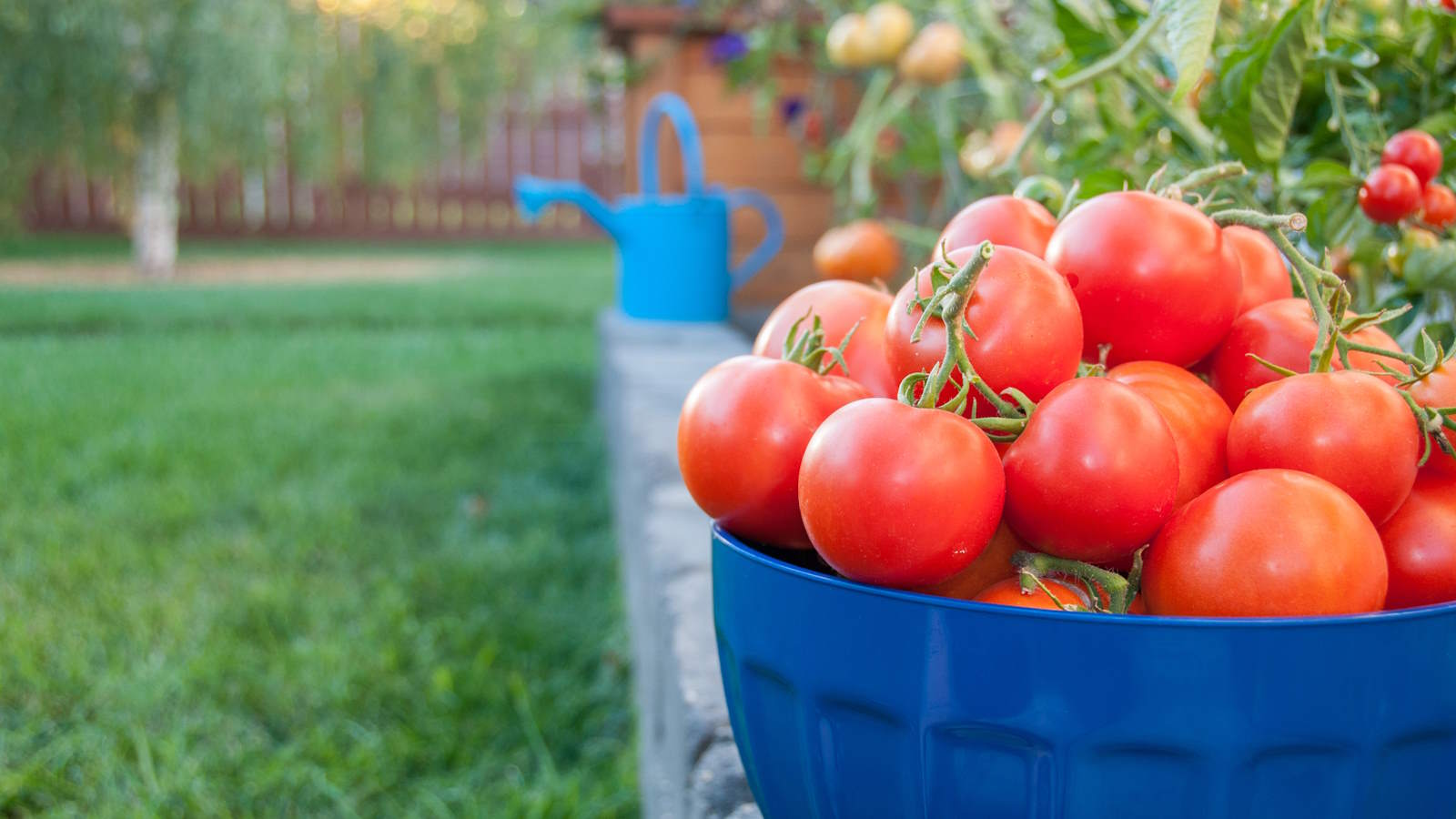

Tomatoes are a staple summer crop in vegetable gardens around the world and every grower strives for the best crop of tasty and juicy tomatoes each season.
Growing tomatoes is fairly simple, and as there is such a range of tomato varieties available to grow there will be a type suited to any size of garden. Fertilizing tomato plants plays an important role in getting a fantastic harvest, and every summer tomato feed will be on most gardeners' shopping lists.
However, if you want to garden as organically as possible - and save a bit of money - you can make your own tomato fertilizer. There are beneficial feeds that can be easily made from kitchen leftovers or plants you may already have around your garden.
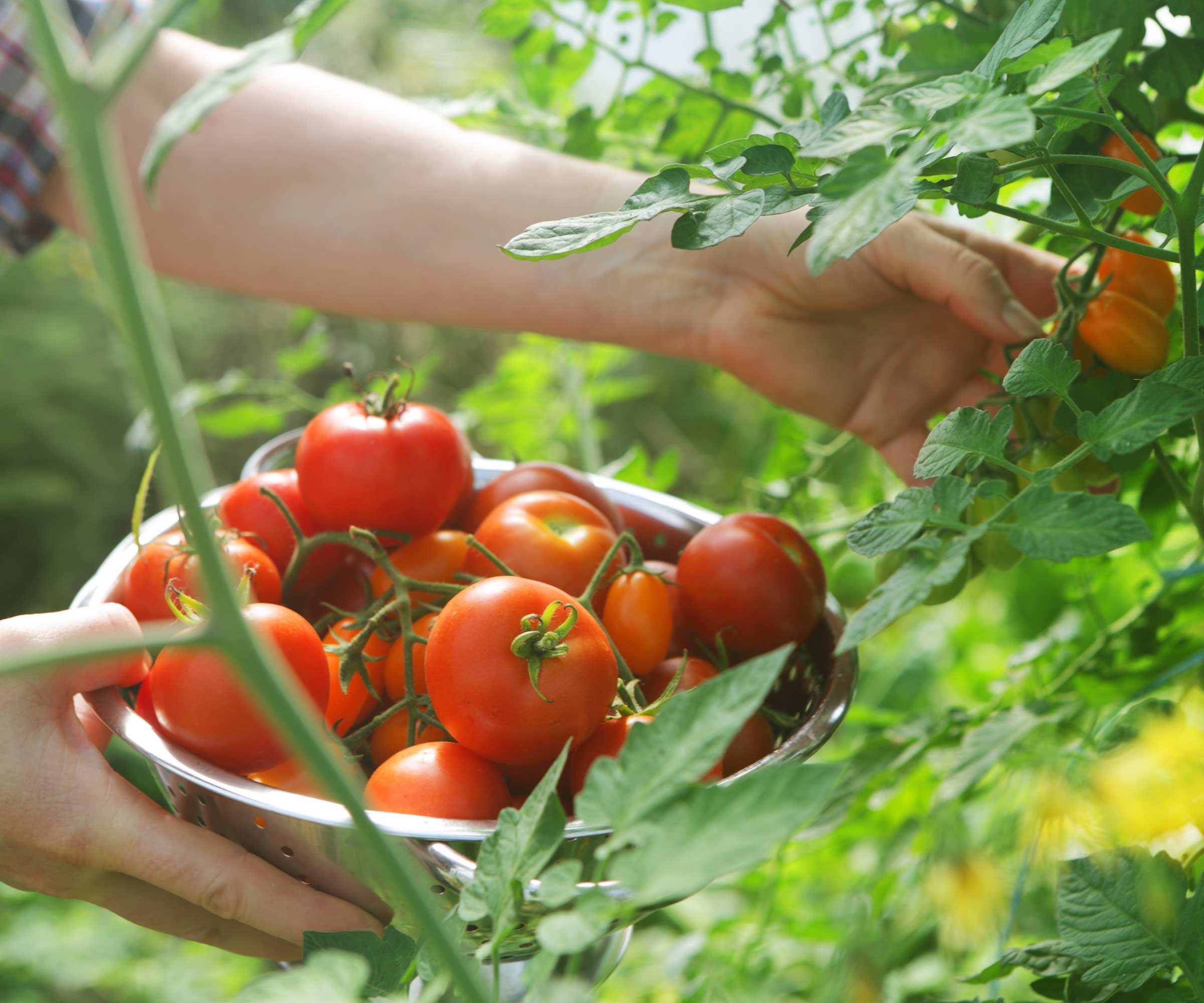
6 ideas for a homemade fertilizer for tomato plants
If you want to make a plant fertilizer at home, there are some popular and simple methods to discover. The following DIY tomato fertilizers provide plants with beneficial nutrients that are important at different stages of the plant’s growing season.
Homemade compost
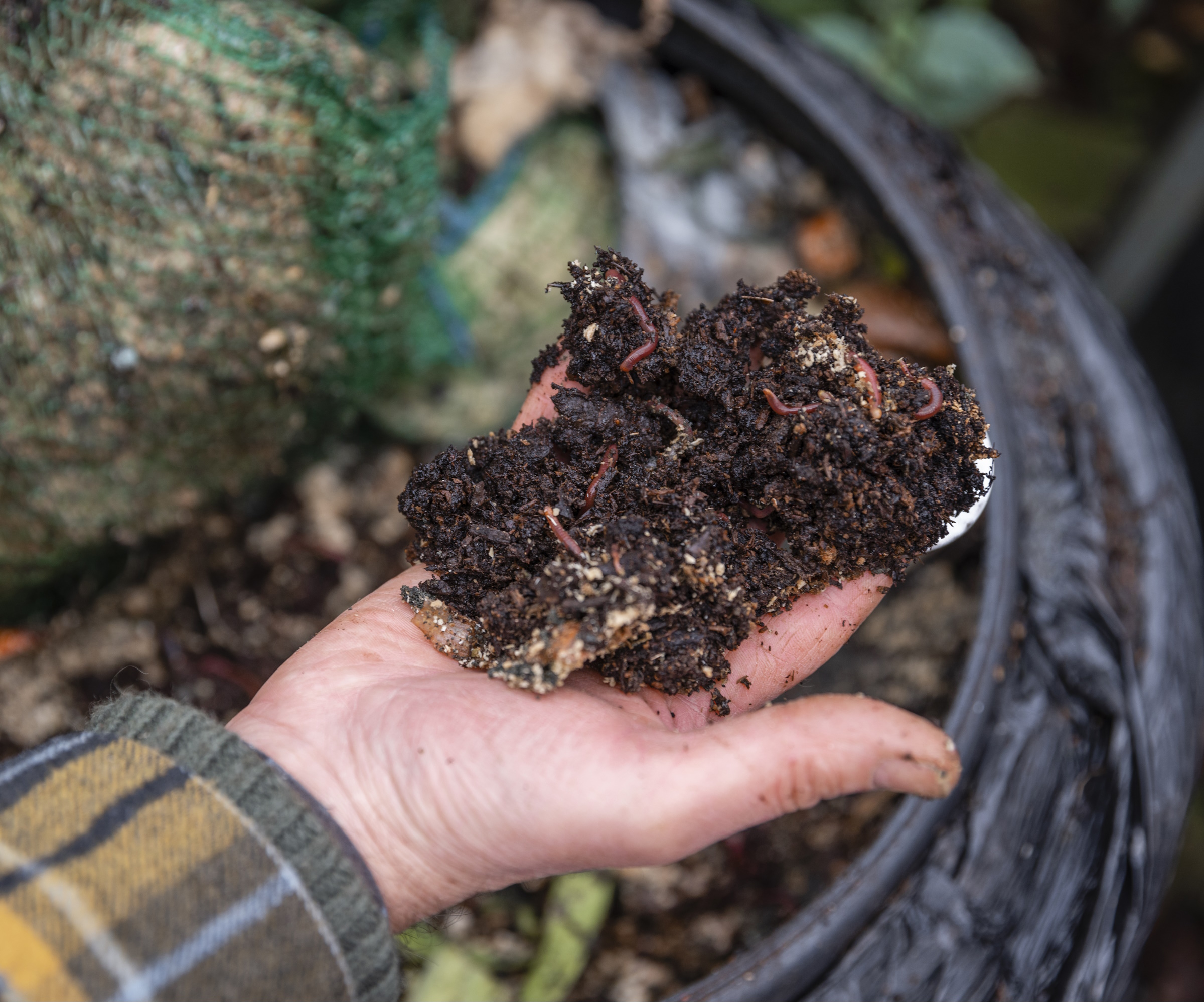
Tomatoes prosper when given a slow-release and balanced fertilizer to provide lots of nutrients. Ahead of planting tomatoes, incorporating organic matter into the site can help get plants off to a great start. And what better way to feed your tomatoes than with homemade compost?
Save spending money on bags of pre-made compost by making your DIY compost at home. You can use all manner of kitchen and garden waste, as well as brown waste including straw, shredded cardboard, and newspaper, to create a nutrient-rich material. If you want to speed up the process, then hot composting can transform waste into rich compost in less than a month.

A 43-gallon with two separate chambers allows one side to finish composting while leaving the other to add fresh waste. The rotating design prevents you from digging or mixing the pile by hand
Nettle tea
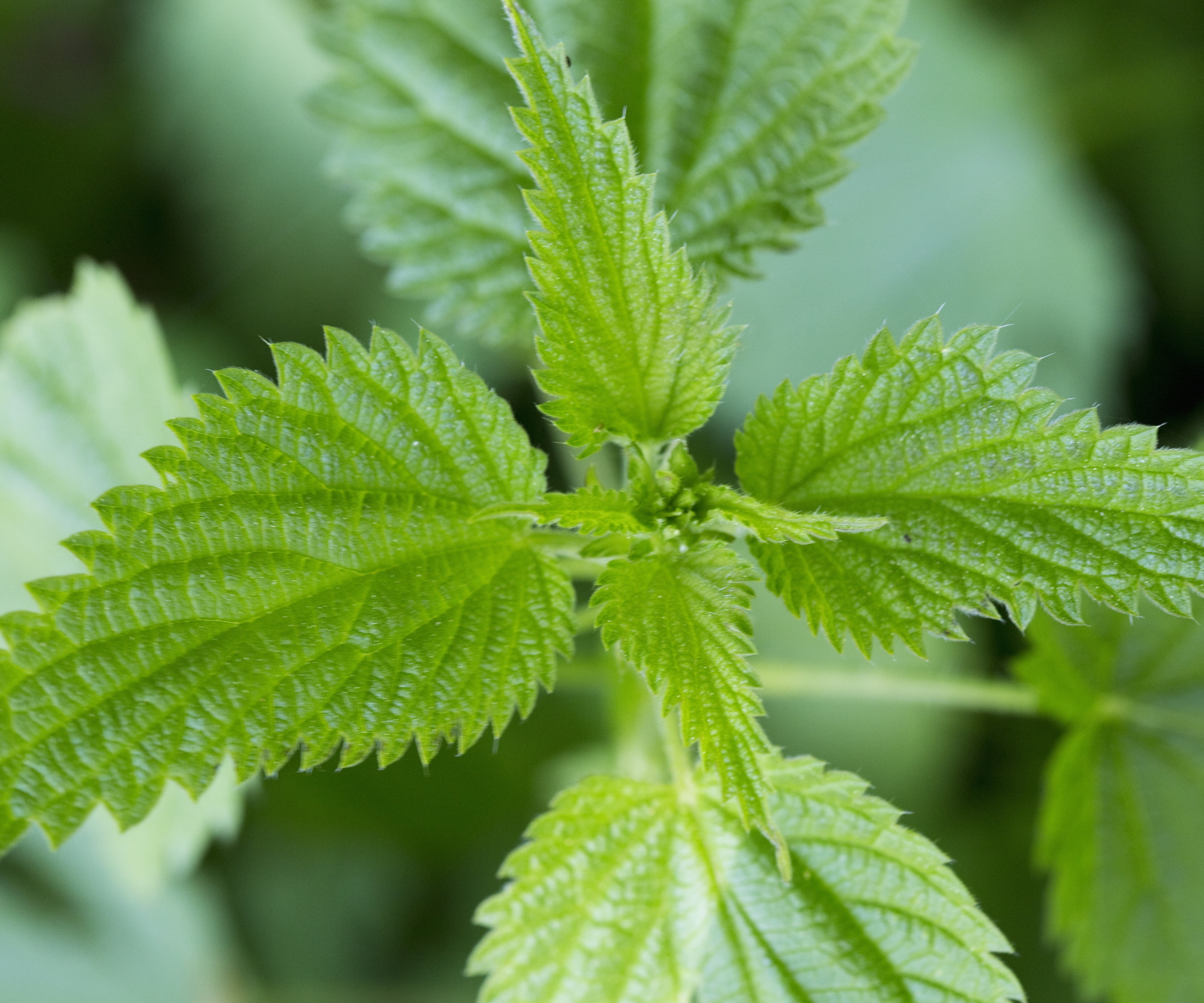
Nettles can be the bane of many gardeners, but even common garden weeds can be beneficial, as making a plant fertilizer using weeds is an easy and cost-effective way to grow organically.
Nettles are high in nitrogen, a vital nutrient for leafy crops, such as spinach, lettuce or kale, and hungry plants, including tomatoes. Such high-nitrogen feeds, like nettle tea, need to be used in conjunction with other fertilizers high in phosphorus to encourage tomato plants to flower and fruit.
Thomas Rutter, a former professional gardener and content editor for Homes & Gardens, has made nettle tea in several gardens and reveals how he makes this wonderful concoction.
‘Be sure to wear thick gardening gloves, available from Walmart, to avoid getting a nasty sting,’ says Thomas. ‘When you are ready, simply gather fresh nettle growth, snipping stems and foliage into small pieces of no more than a few inches.
‘Place these cuttings in a large bucket, and fill it with water to cover the nettles. Use one or two large rocks or stones to weigh the nettles down, if needed. After 3 to 4 weeks, your nettle tea will be ready to use.’
Dilute one part of the nettle feed to 10 parts water and apply when you water plants. The fertilizer is very beneficial but does have a particularly potent perfume.

Thomas is a Content Editor within the Gardens Team at Homes and Gardens. He has worked as a professional gardener in gardens across the UK and in Italy, specialising in productive gardening, growing food and flowers. Trained in Horticulture at the Garden Museum, London, he has written on gardening and garden history for various publications in the UK.
Comfrey feed
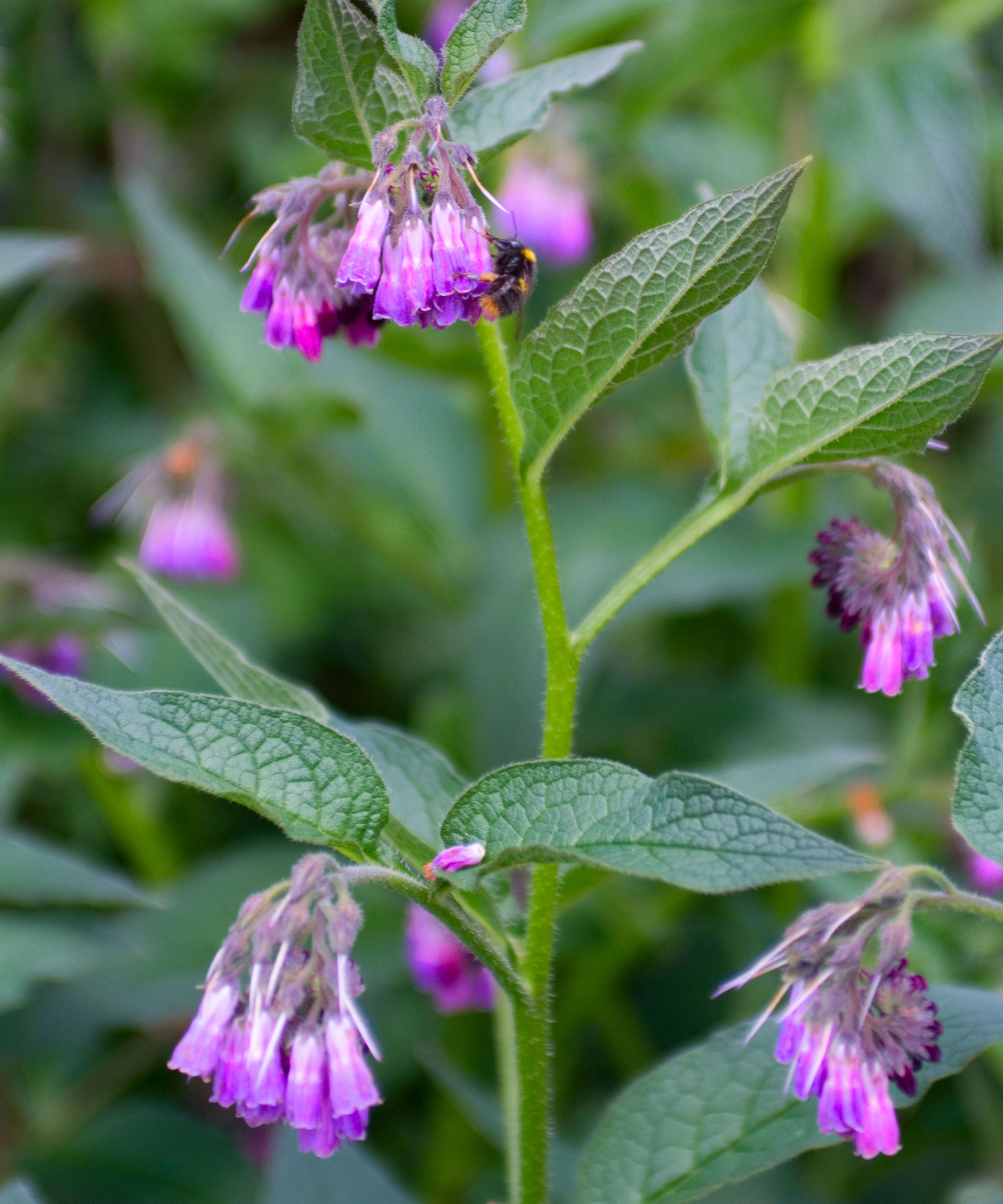
Similarly to how you make nettle tea, you can make comfrey fertilizer. It is a good DIY feed overall, but a particularly great homemade fertilizer for tomato plants.
Comfrey is a perennial plant that appears in spring and looks beautiful with its bell-shaped flowers in shades of blue, pink, and white. As well as looking great, comfrey contains high levels of the essential nutrients nitrogen, phosphorus and potassium, as well as other valuable trace elements.
Harvest leaves in spring, but do not take too many as to weaken the plant, and chop them up into a bucket that you fill with water. Just like with nettle tea, weigh the leaves down and leave the mixture to develop into a stinky brew for around three weeks.
The concentrated fertilizer should be diluted and then given to plants. The leftover leaves can be used to make compost or added as mulch around plants to break down and release further nutrients into the soil.
Coffee grounds
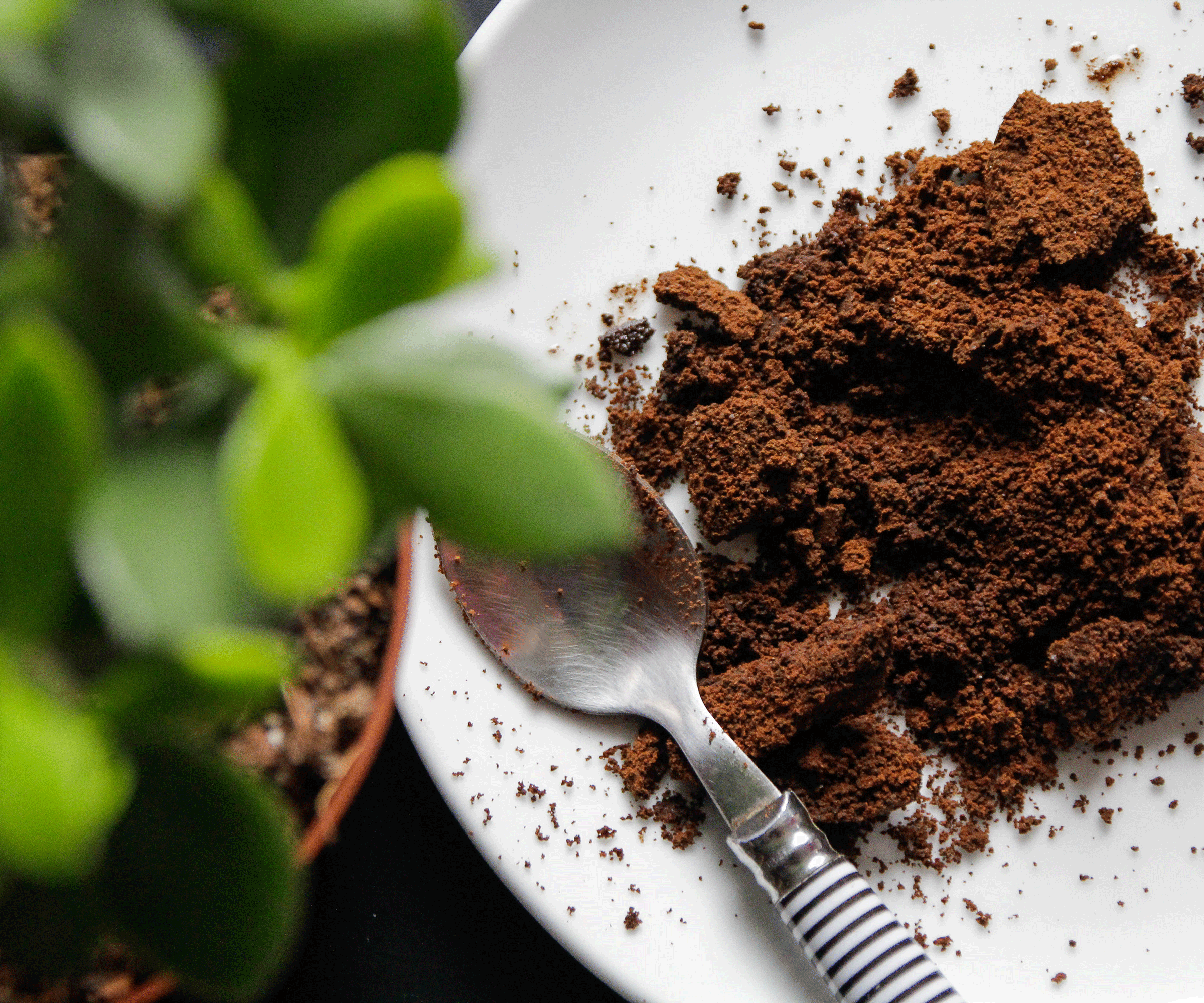
Do tomato plants like coffee grounds as a DIY tomato fertilizer? The answer is yes, they do.
Using coffee grounds as a fertilizer is a great way to provide plants with a boost of nutrients. Coffee grounds contain multiple beneficial nutrients, including nitrogen, potassium and magnesium.
‘You can easily make a tomato plant fertilizer with coffee grounds by sprinkling them around the base of the plant or mixing them into the soil of your tomato plant,’ recommends Tenielle Jordison, news writer for the gardens team at Homes & Gardens.
‘One thing to note is that you shouldn’t apply coffee grounds too heavily - it could attract pests or cause the soil to become too soggy by retaining moisture, which in turn could create fungal issues.’

Tenielle is a News Writer in the Gardens team at Homes & Gardens with five years of journalistic experience. Before coming to Homes & Gardens, Tenielle was in the editorial department at the Royal Horticultural Society and worked on The Garden magazine.
Eggshells
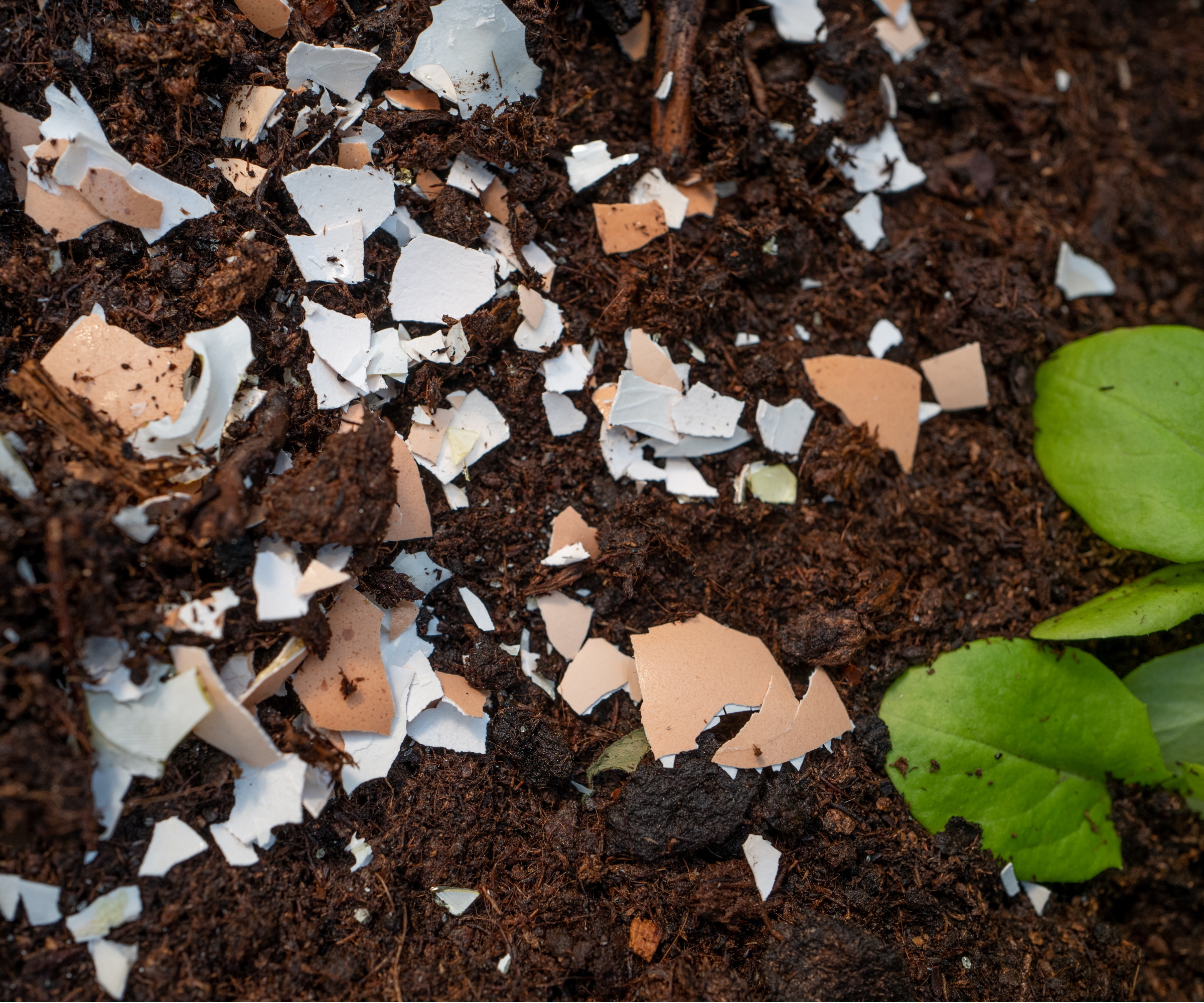
Eggshells can be surprisingly good for plants. They contain many beneficial nutrients and the most useful for growing tomatoes is calcium, which can help prevent blossom end rot.
The nutritional disorder is caused by a lack of calcium and using eggshells can help ensure a great harvest of tomatoes and fewer blemished fruits that need to be discarded.
Tony O'Neill, vegetable gardener and author, advises to ‘crush eggshells into a fine powder and sprinkle it around the base of your tomato plants’.

Tony O'Neill is an accomplished gardening expert, author, and educator. With a passion for simplifying gardening practices, he has inspired a wide audience through his popular YouTube channel and website SimplifyGardening.com.
Banana peels
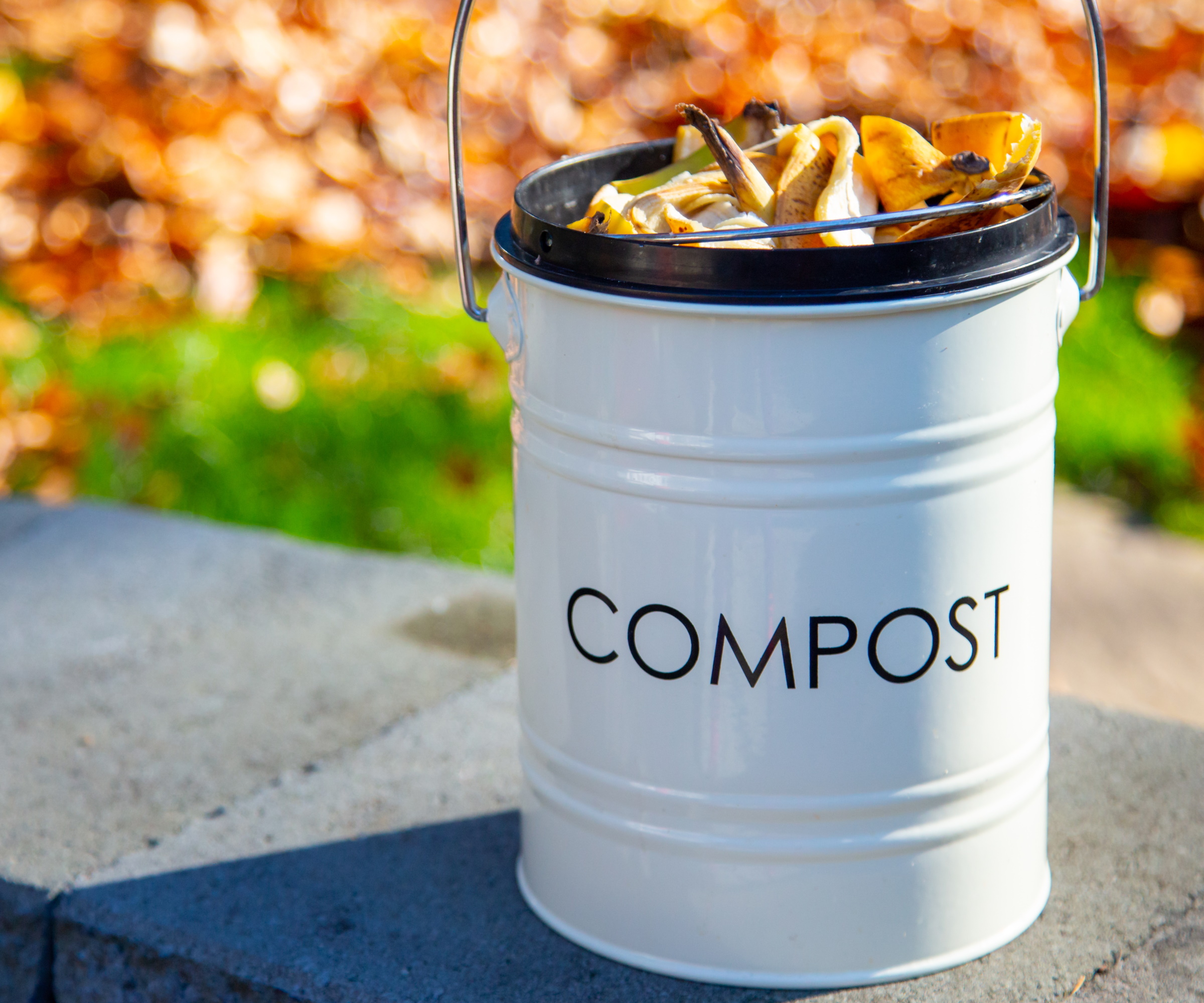
The notion of using banana peels as a fertilizer might sound strange, but it is a great example of using kitchen waste in the garden and can be particularly beneficial as a DIY tomato fertilizer.
Banana peels contain a lot of potassium and also phosphorus, magnesium and calcium. As potassium is a vital nutrient to encourage fruiting and flowering, it makes banana peels good for plants that need to develop and ripen fruits, such as tomatoes. The calcium is also great for combatting blossom end rot.
Banana peels can be chopped up and buried in the soil around plants, or you can soak them in water to use as a liquid fertilizer when you water plants.
Tony O'Neil claims: ‘In my own garden, I've found that using a combination of compost tea and banana peel fertilizer has significantly improved the health and yield of my tomato plants. These natural fertilizers are easy to make and provide a balanced nutrient profile that tomatoes thrive on.’
FAQs
How long do you soak banana peels in water for tomato plants?
If you want to take advantage of how banana peels are good for plants, the leftover banana peel is cut into small pieces around one or two inches in size and steeped in water for two to three days.
Are tea grounds good for tomatoes?
Just like using coffee grounds, tea grounds can be beneficial for tomatoes. Remove them from the tea bag and let them dry out before spreading them around the base of the plants and mixing them in with the soil. If you have compostable tea bags, then used tea grounds can be added inside the bag to the compost pile.
Fertilizing is important, but take care not to over-fertilize plants. While product labels will have the NPK shown and recommended rates, it can be trickier with homemade fertilizers. Be cautious, do some research, and never add the likes of comfrey or nettle fertilizer undiluted. Also look out for any signs of yellowing leaves or stunted growth, which can indicate potential over-fertilizing.
Sign up to the Homes & Gardens newsletter
Design expertise in your inbox – from inspiring decorating ideas and beautiful celebrity homes to practical gardening advice and shopping round-ups.

Drew’s passion for gardening started with growing vegetables and salad in raised beds in a small urban terrace garden. He has worked as a professional gardener in historic gardens and specialises in growing vegetables, fruit, herbs, and cut flowers as a kitchen gardener. That passion for growing extends to being an allotmenteer, garden blogger, and producing how-to gardening guides for websites. Drew was shortlisted for the New Talent of the Year award at the 2023 Garden Media Guild Awards.
-
 Do cleaning products expire? Professional cleaners warn time could make them ‘less effective, and in some cases, irritating to use’
Do cleaning products expire? Professional cleaners warn time could make them ‘less effective, and in some cases, irritating to use’For the best results, it pays to stay on top of the timeline of your cleaning products
By Chiana Dickson Published
-
 7 of the best tomatoes for growing in pots - expert growers pick their top varieties ideal for large harvests from containers
7 of the best tomatoes for growing in pots - expert growers pick their top varieties ideal for large harvests from containersYou can enjoy bumper homegrown harvests in small spaces
By Drew Swainston Published
-
 7 of the best tomatoes for growing in pots - expert growers pick their top varieties ideal for large harvests from containers
7 of the best tomatoes for growing in pots - expert growers pick their top varieties ideal for large harvests from containersYou can enjoy bumper homegrown harvests in small spaces
By Drew Swainston Published
-
 These 5 plants can help you get the best, and potentially tastiest, broccoli ever – discover what to plant with broccoli, and what to avoid
These 5 plants can help you get the best, and potentially tastiest, broccoli ever – discover what to plant with broccoli, and what to avoidOur selection of vegetables, herbs, and flowers is perfect for companion planting with broccoli
By Drew Swainston Published
-
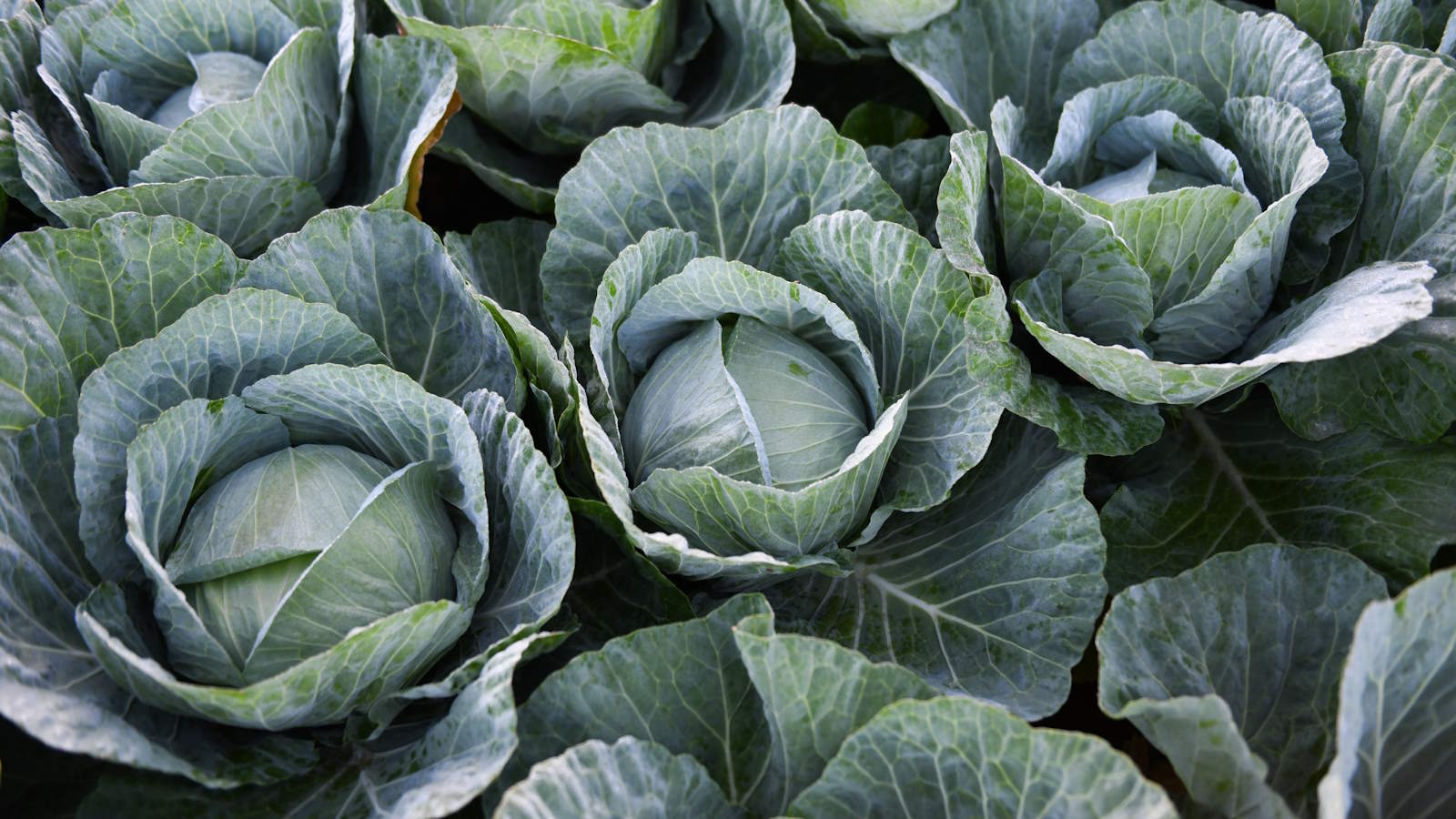 How to grow cabbages in containers – expert tips for top harvests in small urban spaces
How to grow cabbages in containers – expert tips for top harvests in small urban spacesYou can grow lots of different cabbages in pots, troughs, grow bags, or buckets
By Drew Swainston Published
-
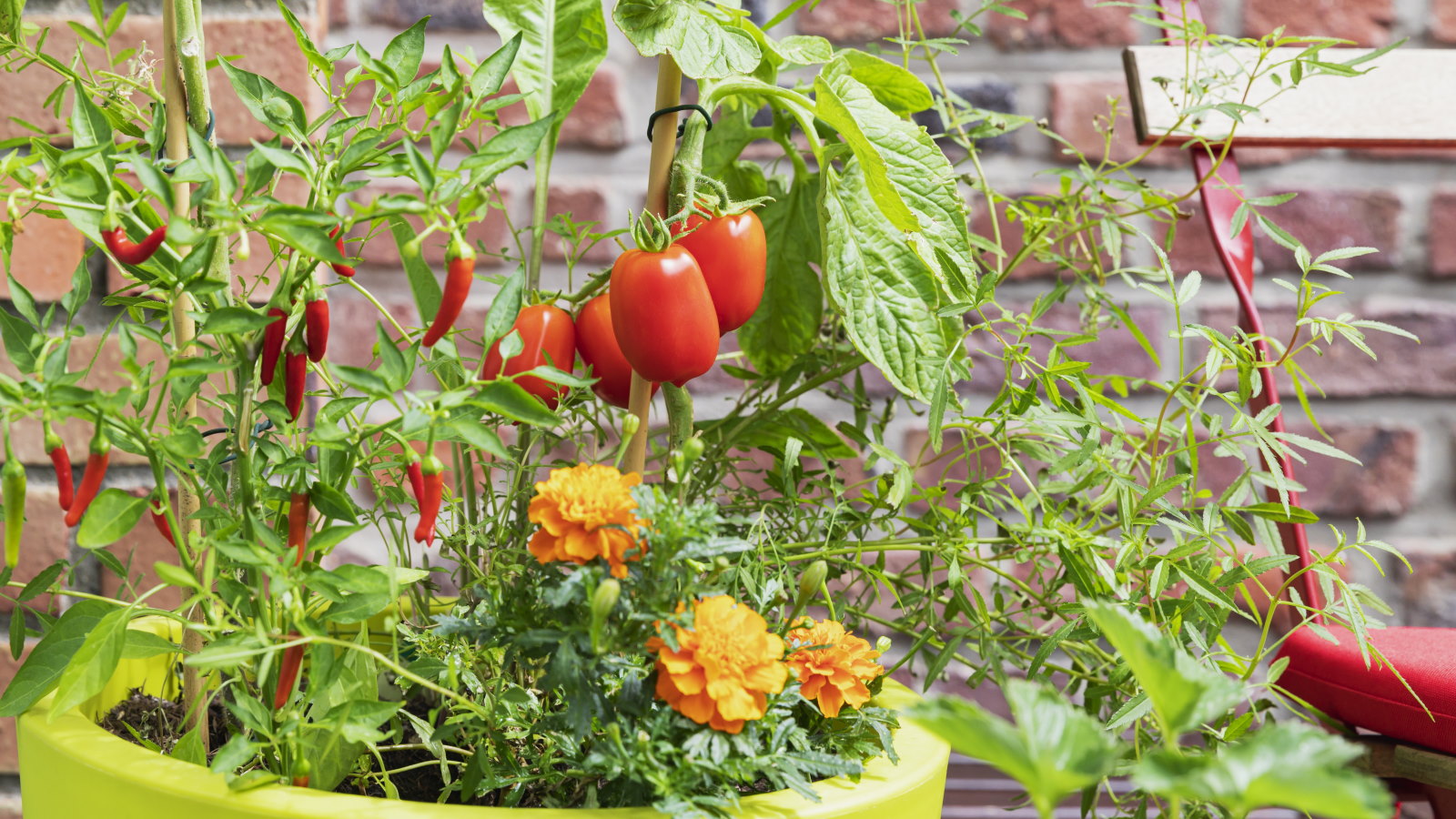 You'll get the best homegrown tomato crops if you plant them next to this one flower – discover why these two are a dream combination
You'll get the best homegrown tomato crops if you plant them next to this one flower – discover why these two are a dream combinationYour tomato plants will be pest-free and covered in fruits
By Drew Swainston Published
-
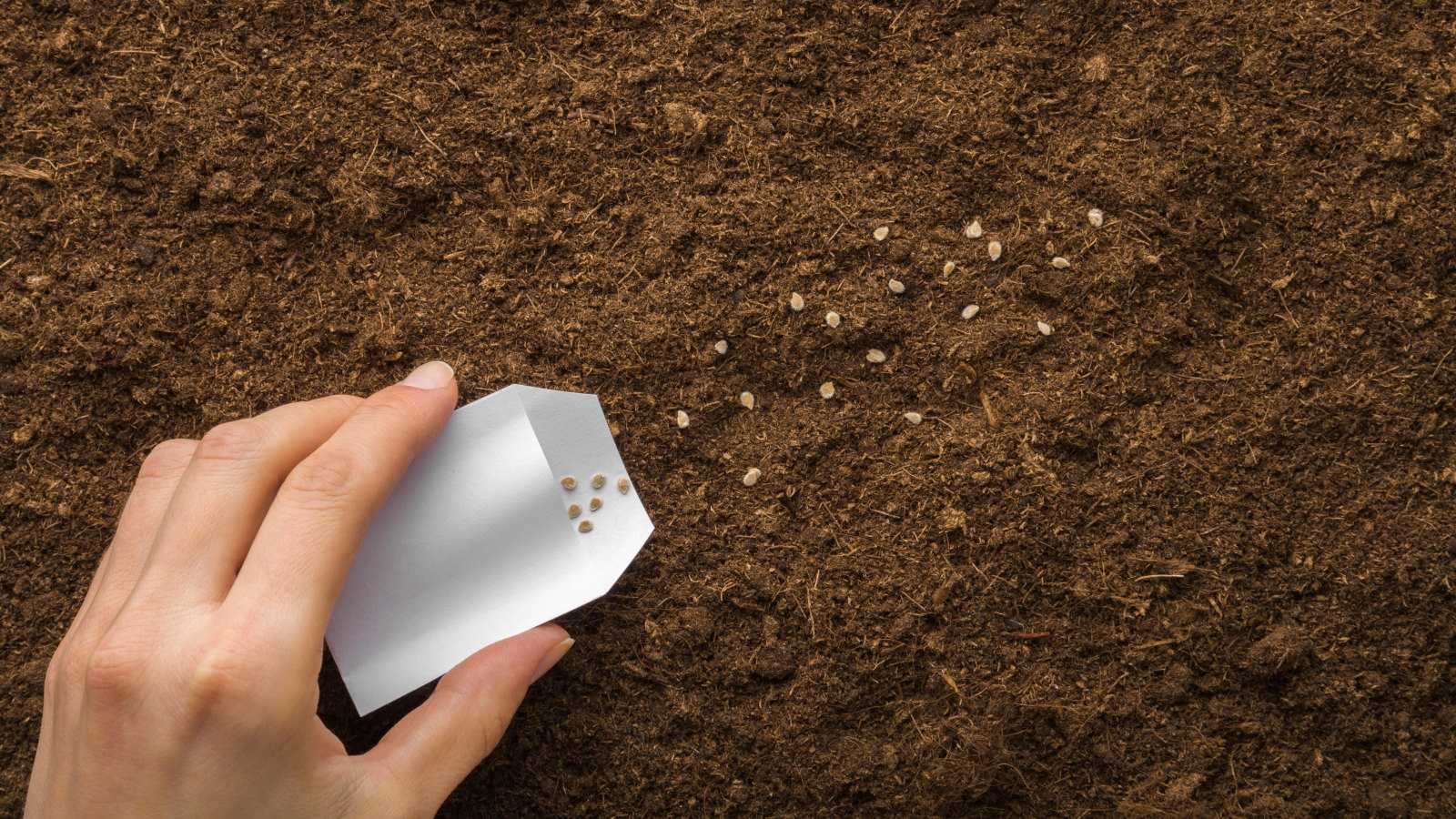 Direct sowing vs transplanting – our grow-your-own expert advises which is best, and shares 5 veggies you should always sow directly
Direct sowing vs transplanting – our grow-your-own expert advises which is best, and shares 5 veggies you should always sow directlyBoth approaches to sowing vegetables have pros and cons
By Drew Swainston Published
-
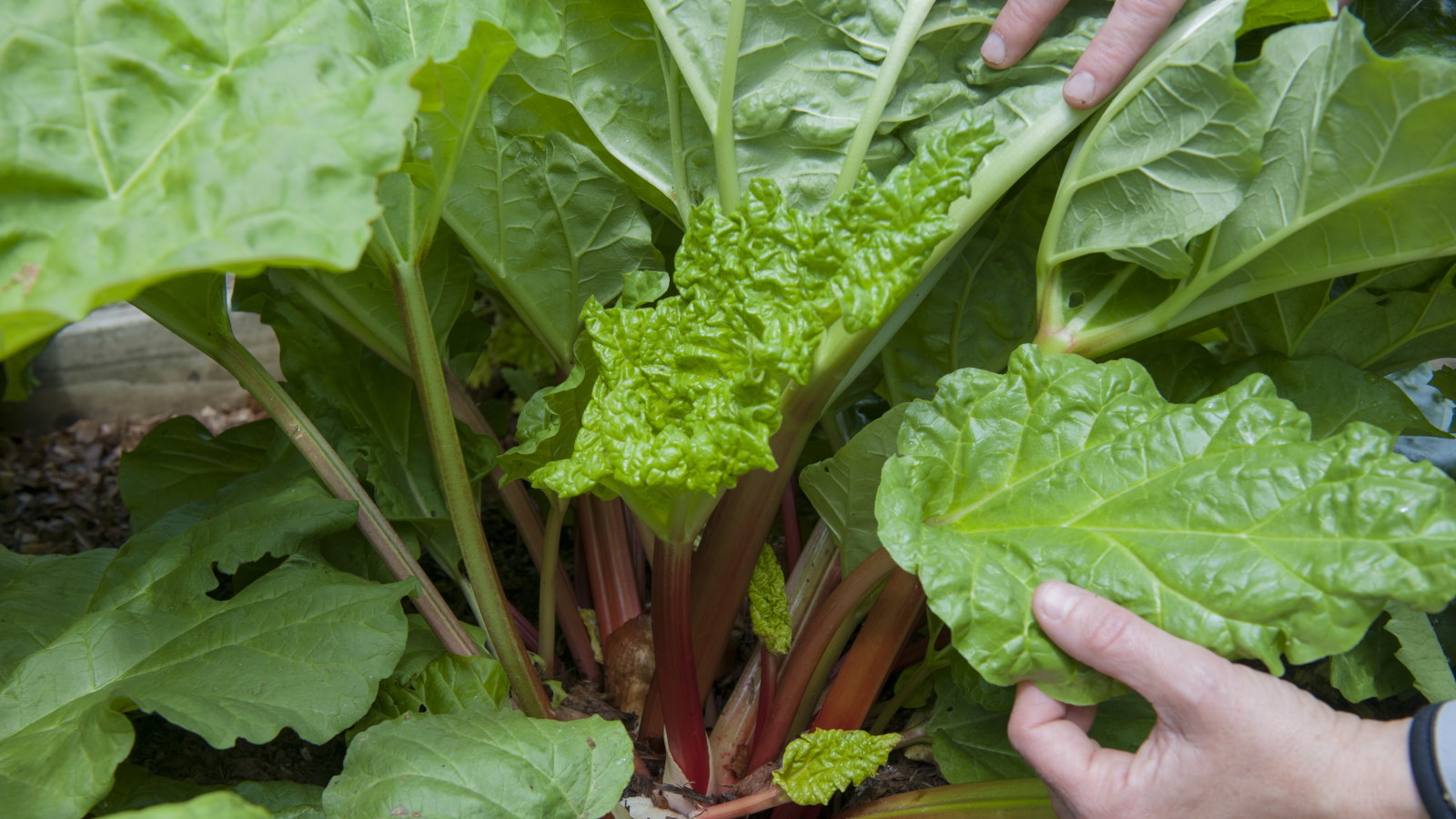 I grew rhubarb from seed for years – here’s exactly how to do it for guaranteed germination and healthy crops of fruit
I grew rhubarb from seed for years – here’s exactly how to do it for guaranteed germination and healthy crops of fruitGrowing rhubarb from seed is a cost-effective way to propagate plants, but it requires care and patience
By Drew Swainston Published
-
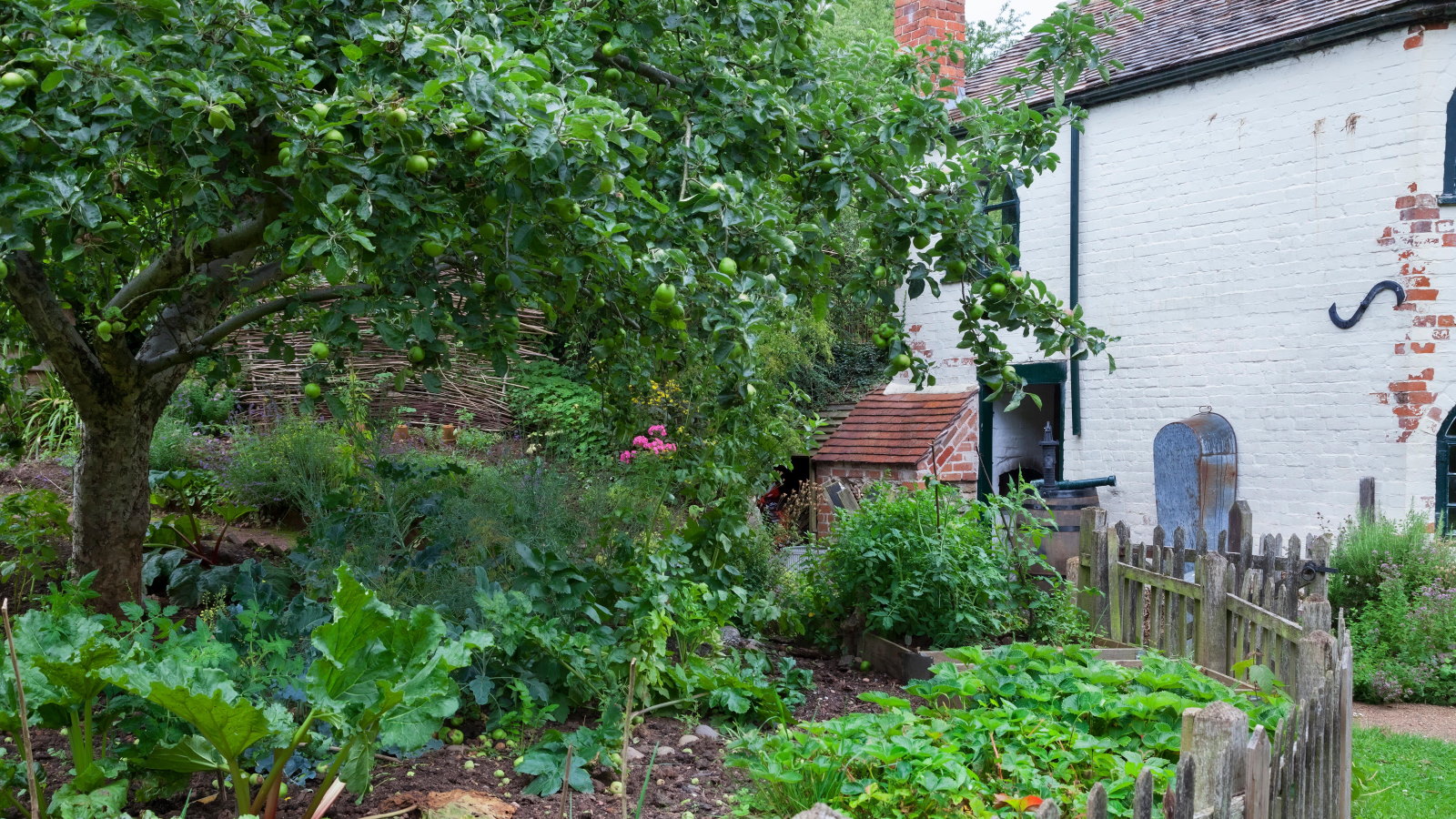 4 reasons you should plant trees in a vegetable garden – plus experts reveal the secrets to help you reap the rewards
4 reasons you should plant trees in a vegetable garden – plus experts reveal the secrets to help you reap the rewardsSee how agroforestry principles can help boost your soil and harvests
By Drew Swainston Published
-
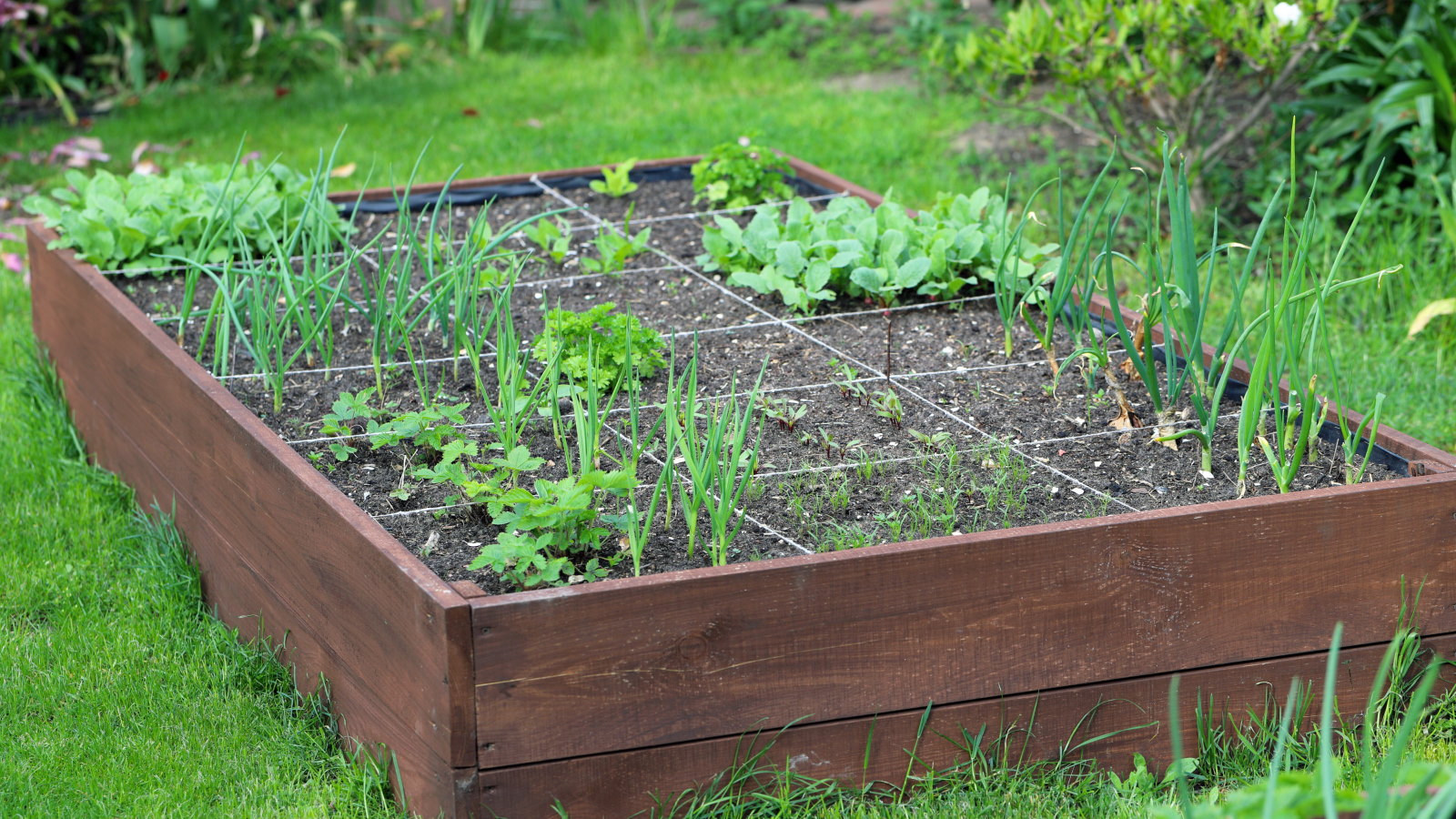 9 of the best vegetables to grow using the square foot gardening method – for big harvests in small spaces
9 of the best vegetables to grow using the square foot gardening method – for big harvests in small spacesPlus how many of each vegetable can be grown per square foot
By Drew Swainston Published